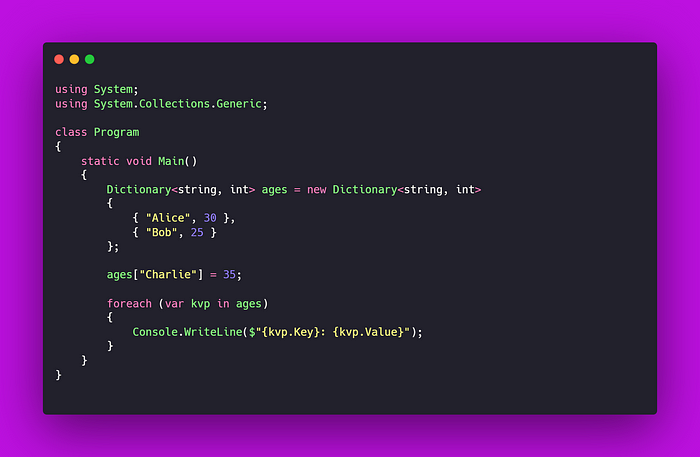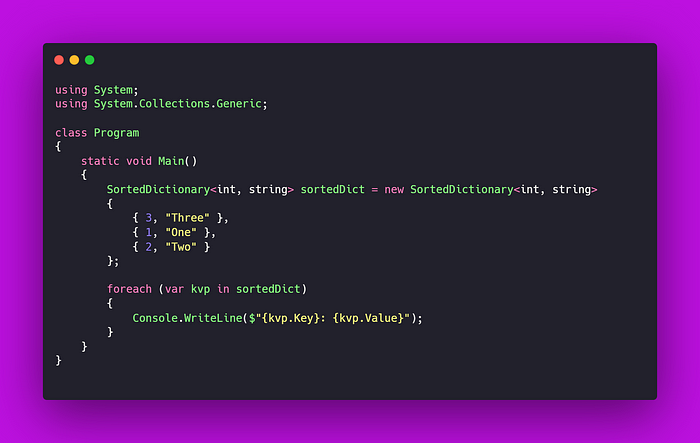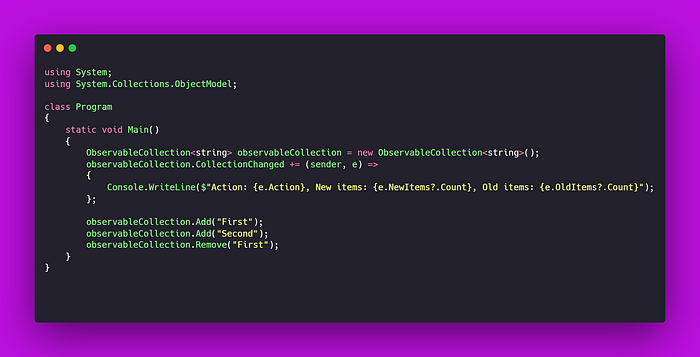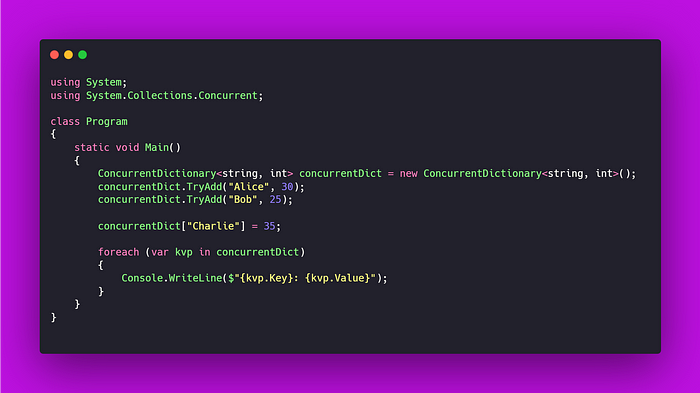In the world of .NET development, managing and manipulating data efficiently is crucial. Collections are essential tools that help developers store, retrieve, and organize data. From handling simple lists of items to managing complex sets of key-value pairs, .NET collections offer a wide range of functionalities to meet various needs.

In this blog, we’ll explore ten vital .NET collections that every developer should know. Whether you’re dealing with large datasets, ensuring thread safety, or requiring fast lookups, these collections will provide you with the necessary tools to optimize your code and enhance performance. Let’s dive into the features and use cases of these indispensable .NET collections.
Here are ten vital .NET collections that are frequently used in .NET development:
#1 List<T>
-
- Description: Represents a strongly typed list of objects that can be accessed by index.
- Use Case: When you need a resizable array.

#2 Dictionary<TKey, TValue>
-
- Description: Represents a collection of key/value pairs that are organized based on the key.
- Use Case: When you need to quickly look up values based on a key.

#3 HashSet<T>
-
- Description: Represents a collection of unique elements.
- Use Case: When you need to prevent duplicate elements and need fast look-up.

#4 Queue<T>
-
- Description: Represents a first-in, first-out (FIFO) collection of objects.
- Use Case: When you need to process items in the order they were added.

#5 Stack<T>
-
- Description: Represents a last-in, first-out (LIFO) collection of objects.
- Use Case: When you need to reverse the order of items or undo operations.

#6 SortedList<TKey, TValue>
-
- Description: Represents a collection of key/value pairs that are sorted by the keys.
- Use Case: When you need a sorted collection that provides fast lookups.

#7 SortedDictionary<TKey, TValue>
-
- Description: Represents a collection of key/value pairs that are sorted on the key.
- Use Case: When you need a sorted collection with better performance for insertion and deletion compared to SortedList.

#8 LinkedList<T>
-
- Description: Represents a doubly linked list.
- Use Case: When you need to efficiently insert or remove elements at both ends of the collection.

#9 ObservableCollection<T>
-
- Description: Represents a dynamic data collection that provides notifications when items get added, removed, or when the whole list is refreshed.
- Use Case: When you need to create collections that update the UI automatically in WPF or other UI frameworks.

#10 ConcurrentDictionary<TKey, TValue>
-
- Description: Represents a thread-safe collection of key/value pairs.
- Use Case: When you need a dictionary that can be safely accessed by multiple threads concurrently.

Understanding and effectively utilizing the right collections can significantly improve your .NET applications’ performance and maintainability. From the simplicity and flexibility of List<T> to the thread safety of ConcurrentDictionary<TKey, TValue>, each collection offers unique advantages for different scenarios. By mastering these ten vital .NET collections, you can handle data more efficiently, write cleaner code, and create more robust applications. Whether you’re managing large datasets, requiring unique elements, or ensuring high-speed lookups, these collections will equip you with the tools needed to tackle any data-related challenge in .NET development.
Happy Coding!
👋 .NET Application Collections
🚀 My Youtube Channel
💻 Github

